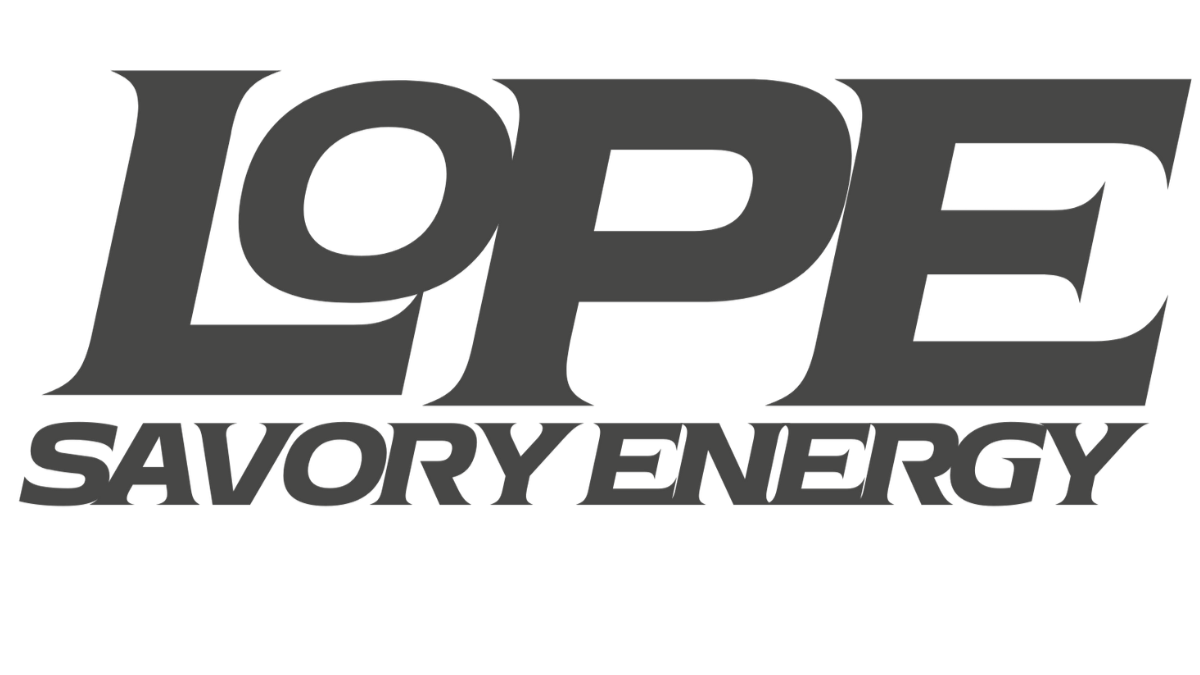How I’m Setting Up Lope’s First Paid Ads Test (And What I’m Hoping to Learn)
Real marketing doesn’t start with a huge budget, it starts with clarity. This semester, I’m finally setting up Lope’s first true paid ads experiment. Not to “scale” instantly, but to understand our message, our audience, and whether people truly connect with what makes Lope different.
This isn’t a recap. It’s a preview of how I built this test, what I’m focusing on, and the signals I’m going to be watching closely once the ads go live.
Start with one core message
Most energy bars compete on ingredients, OURS ARE GREAT TOO (read about them here)…..but
Lope’s biggest differentiator is simpler: we’re savory.
That’s the part that gets people to stop and say, “Wait, what?”
So every piece of creative I’m testing starts with that idea.
The formats I’m using:
surprising visuals that contrast sweet vs savory
trend-style videos to grab attention
clean infographics to explain why savory matters
I’m not trying to say everything.
I’m testing one truth:
Does highlighting “savory energy” spark curiosity?
Choose platforms intentionally
Instead of spreading thin across every channel, I’m focusing on the two platforms where Lope has the most natural traction:
Instagram and TikTok.
In class we learned that early-stage brands need to choose high-impact platforms instead of posting everywhere. That stuck with me. So for this test, I’m channeling all the creative energy into just two places where people expect short-form, fast, scroll-stopping content and where our target audience lives.
Set a realistic budget and a simple goal
This isn’t a conversion campaign, instead it’s a learning campaign.
The goal isn’t sales.
The goal is clarity.
With a small, controlled budget, I’m looking at:
which message gets the most people to stop
which creative type results in the strongest click-through
which platform sends traffic that stays longer on the site
Simple wins here. Complicated burns money.
Track the data that actually matters
To keep everything clean, I set up UTM links on each ad.
That way, when I check Google Analytics, I can see exactly:
which platform sent the click
which creative drove the most traffic
which message kept people on the page
what times of day people engage most
For a tiny brand, that level of clarity matters more than big numbers.
It shows me whether the idea is landing or if the messaging needs another angle.
What I’m hoping to learn
This experiment matters because Lope lives or dies on one question:
Do people understand why savory energy is worth trying?
If they do, I’ll see it in:
higher click-through rates
more time spent on the landing page
consistent curiosity across both platforms
If they don’t, then the data will make it obvious and I’ll know what to fix.
Final thought
I used to think paid ads were about being clever or going viral.
Now I see them the way we talked about in class: they’re a tool for clarity.
This isn’t about selling out a product overnight.
It’s about learning whether our biggest differentiator, savory energy, actually connects with real people in the real world.
Once the test runs, I’ll share the results.
But for now, this is the strategy, the setup, and the thinking behind Lope’s first real step into paid acquisition.


